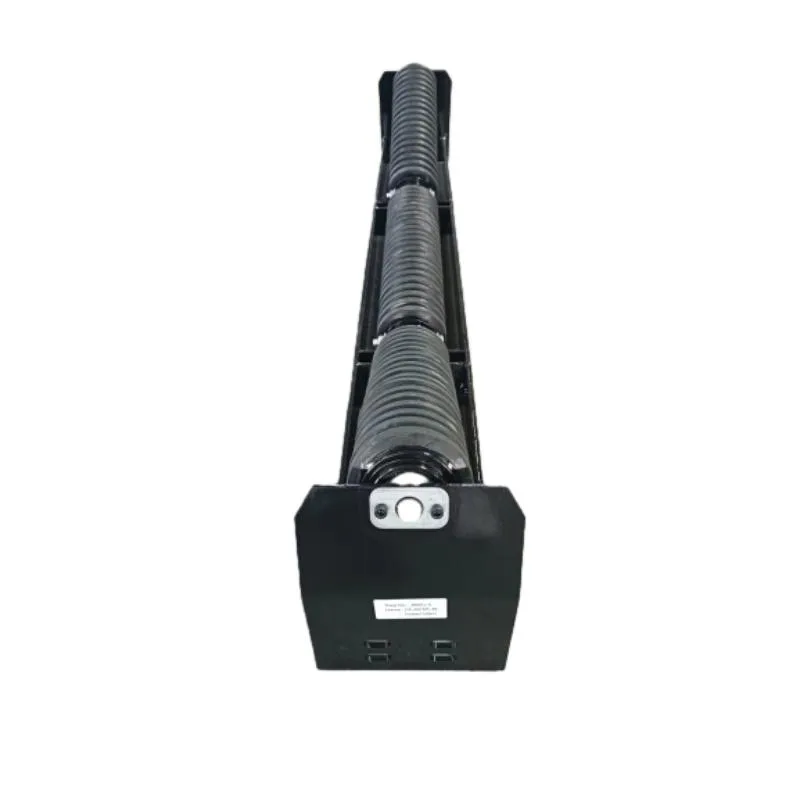 Afrikaans
Afrikaans  Albanian
Albanian  Amharic
Amharic  Arabic
Arabic  Armenian
Armenian  Azerbaijani
Azerbaijani  Basque
Basque  Belarusian
Belarusian  Bengali
Bengali  Bosnian
Bosnian  Bulgarian
Bulgarian  Catalan
Catalan  Cebuano
Cebuano  Corsican
Corsican  Croatian
Croatian  Czech
Czech  Danish
Danish  Dutch
Dutch  English
English  Esperanto
Esperanto  Estonian
Estonian  Finnish
Finnish  French
French  Frisian
Frisian  Galician
Galician  Georgian
Georgian  German
German  Greek
Greek  Gujarati
Gujarati  Haitian Creole
Haitian Creole  hausa
hausa  hawaiian
hawaiian  Hebrew
Hebrew  Hindi
Hindi  Miao
Miao  Hungarian
Hungarian  Icelandic
Icelandic  igbo
igbo  Indonesian
Indonesian  irish
irish  Italian
Italian  Japanese
Japanese  Javanese
Javanese  Kannada
Kannada  kazakh
kazakh  Khmer
Khmer  Rwandese
Rwandese  Korean
Korean  Kurdish
Kurdish  Kyrgyz
Kyrgyz  Lao
Lao  Latin
Latin  Latvian
Latvian  Lithuanian
Lithuanian  Luxembourgish
Luxembourgish  Macedonian
Macedonian  Malgashi
Malgashi  Malay
Malay  Malayalam
Malayalam  Maltese
Maltese  Maori
Maori  Marathi
Marathi  Mongolian
Mongolian  Myanmar
Myanmar  Nepali
Nepali  Norwegian
Norwegian  Norwegian
Norwegian  Occitan
Occitan  Pashto
Pashto  Persian
Persian  Polish
Polish  Portuguese
Portuguese  Punjabi
Punjabi  Romanian
Romanian  Russian
Russian  Samoan
Samoan  Scottish Gaelic
Scottish Gaelic  Serbian
Serbian  Sesotho
Sesotho  Shona
Shona  Sindhi
Sindhi  Sinhala
Sinhala  Slovak
Slovak  Slovenian
Slovenian  Somali
Somali  Spanish
Spanish  Sundanese
Sundanese  Swahili
Swahili  Swedish
Swedish  Tagalog
Tagalog  Tajik
Tajik  Tamil
Tamil  Tatar
Tatar  Telugu
Telugu  Thai
Thai  Turkish
Turkish  Turkmen
Turkmen  Ukrainian
Ukrainian  Urdu
Urdu  Uighur
Uighur  Uzbek
Uzbek  Vietnamese
Vietnamese  Welsh
Welsh  Bantu
Bantu  Yiddish
Yiddish  Yoruba
Yoruba  Zulu
Zulu Affordable Pricing for Plastic Rollers in Today's Market
Understanding the Price Factors of Plastic Rollers
Plastic rollers are essential components used in various industries, ranging from manufacturing to packaging. They play a critical role in the smooth operation of machinery and conveyor systems. As with any product, the price of plastic rollers can fluctuate based on several factors, which we'll explore in this article.
Material Composition
One of the primary determinants of the price of plastic rollers is the material composition. Plastic rollers can be made from different types of plastics, including polyethylene, polypropylene, and nylon. Each type of plastic has distinct properties, such as durability, flexibility, and resistance to chemicals and abrasion. Higher quality materials typically come at a higher price. For instance, nylon rollers may be more expensive than polyethylene ones due to their superior strength and longevity.
Manufacturing Processes
The processes used to manufacture plastic rollers also impact their cost. Factors like injection molding, extrusion, and machining incur varying costs based on the complexity and precision required. More advanced manufacturing techniques that achieve stricter tolerances may lead to increased costs, but they often yield higher-quality products.
Size and Specifications
The size and specifications of plastic rollers significantly influence their pricing. Custom-sized rollers designed for specific applications tend to be more expensive than standard sizes available off the shelf. Specialty features, such as grooves or bearings, can also add to the cost. Thus, businesses must consider their specific needs and the potential impact on their budget when selecting rollers.
Volume and Order Size
plastic roller price

Another critical factor affecting the price is the volume of the order. Many manufacturers offer bulk pricing, which means the unit price decreases as the quantity ordered increases. For businesses that require a large number of rollers, purchasing in bulk can lead to significant savings. Conversely, smaller orders might not benefit from such economies of scale, resulting in higher per-unit costs.
Market Demand and Supply
Market dynamics, such as demand and supply, significantly influence the pricing of plastic rollers. In periods of high demand, prices may rise as manufacturers try to keep up with the production needs of various industries. Conversely, when demand is low, prices typically decrease to stimulate sales. Seasonal trends and industry-specific cycles can also impact pricing, making it essential for businesses to stay informed about market conditions.
Geographic Location
The geographic location of both the manufacturer and the buyer can also affect pricing. Transportation costs to ship rollers can add to the final price, especially if the rollers need to be shipped long distances. Additionally, local market conditions, including competition levels and regional supplier costs, can result in price variations across different areas.
Technological Advancements
Innovations in manufacturing technologies can also play a role in determining the price of plastic rollers. More efficient production technologies may lower costs, enabling manufacturers to offer competitive prices. However, initial investments in new equipment can lead to increased costs in the short term until those investments are amortized over time.
Conclusion
Understanding the various factors that influence the pricing of plastic rollers helps businesses make informed purchasing decisions. By considering aspects such as material composition, manufacturing processes, order size, and market dynamics, companies can better navigate the complexities of the market. As industries continue to evolve and demand for high-quality, durable plastic rollers grows, staying abreast of these factors will be essential for businesses looking to optimize their operations and manage costs effectively. Whether for production lines or packaging processes, the right plastic roller at the right price can make a significant difference in overall efficiency and productivity.
-
Revolutionizing Conveyor Reliability with Advanced Rubber Lagging PulleysNewsJul.22,2025
-
Powering Precision and Durability with Expert Manufacturers of Conveyor ComponentsNewsJul.22,2025
-
Optimizing Conveyor Systems with Advanced Conveyor AccessoriesNewsJul.22,2025
-
Maximize Conveyor Efficiency with Quality Conveyor Idler PulleysNewsJul.22,2025
-
Future-Proof Your Conveyor System with High-Performance Polyurethane RollerNewsJul.22,2025
-
Driving Efficiency Forward with Quality Idlers and RollersNewsJul.22,2025





























